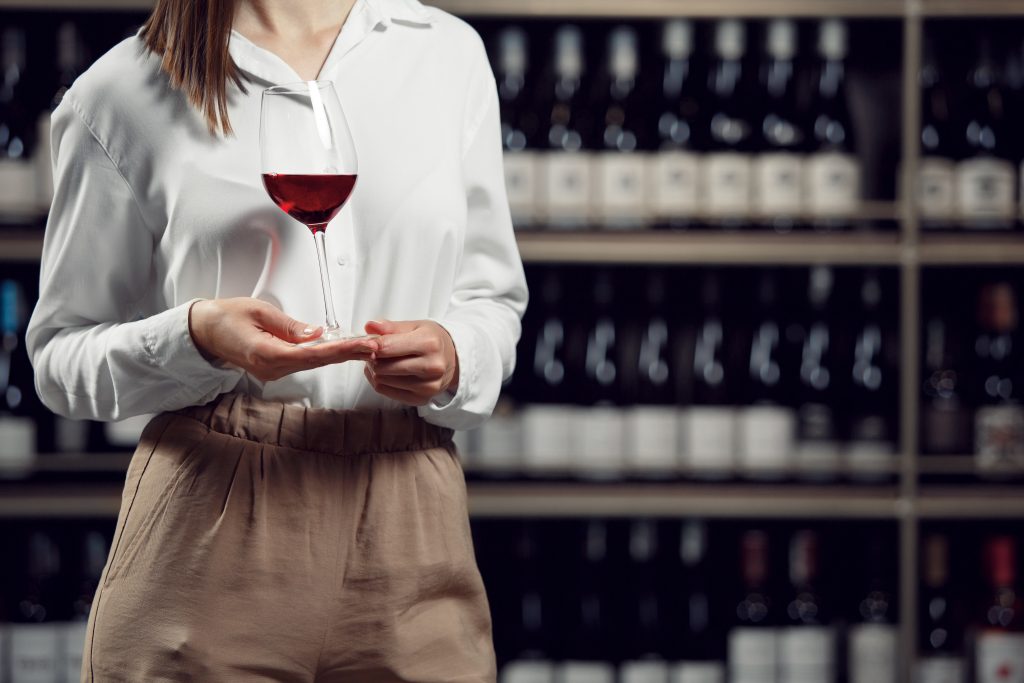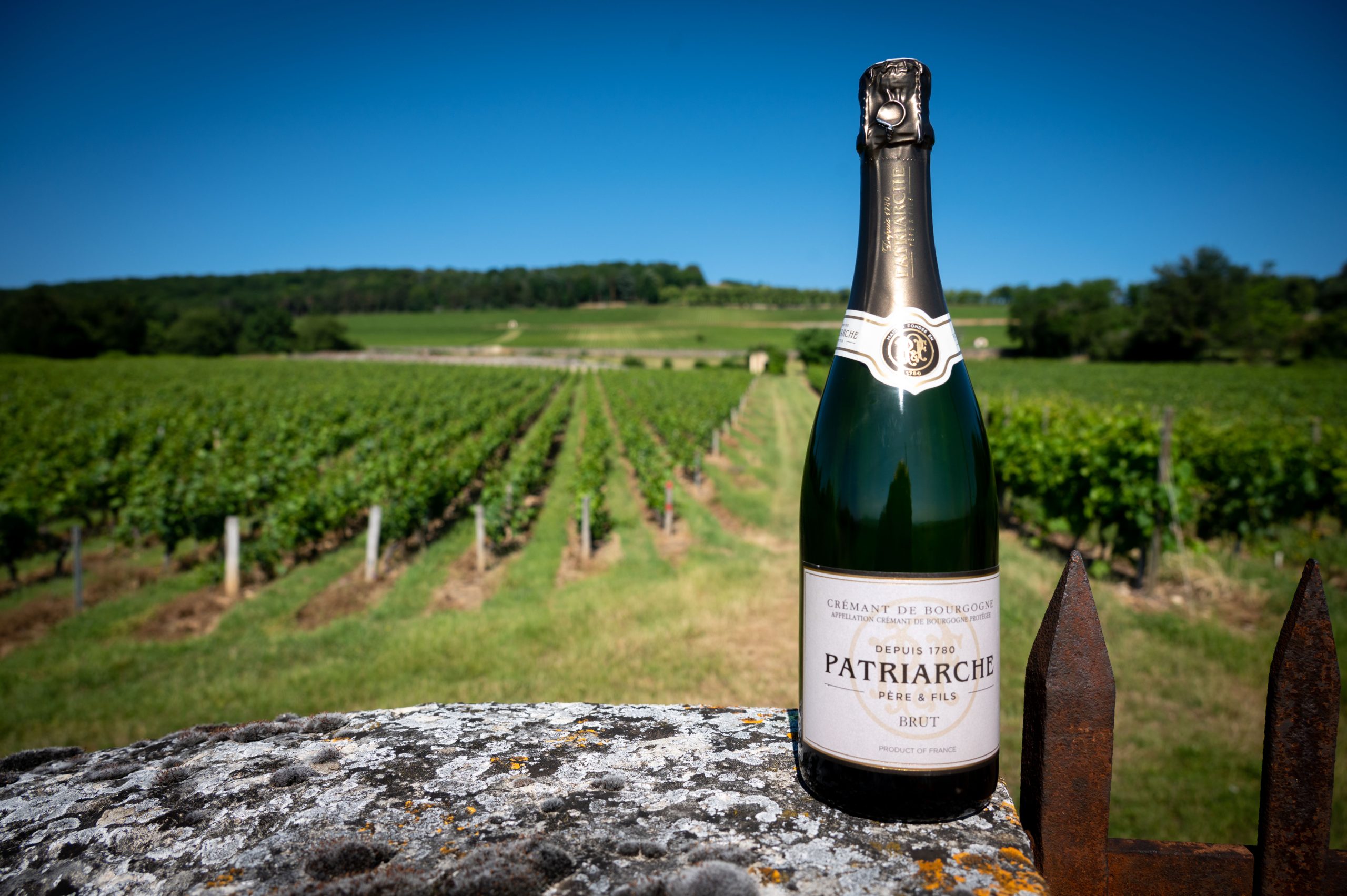Women are ‘the emerging market’ for fine wine – but merchants must invest to see growth
Fine wine merchants and private client teams may be missing a trick by failing to invest in high-net-worth women as fine wine collectors, according to some of the leading voices in the industry – with the first merchant to crack this emerging market set to have “a massive advantage”. Arabella Mileham reports

Ahead of International women’s day on Friday (8 March), Queena Wong, founder of wine network Curious Vines, a female wine networking community, and a influential voice for women in wine, told db that there is undoubtedly an issue around women collecting fine wine – but also a massive opportunity for the merchant who can get it right.
“Back in the day, we used to talk about emerging markets geographically but I do believe that women are the emerging untapped market within a luxury space,” she said.
It is not just about a “one-off, ‘let’s do a women in wine event’ for International Women’s’ day” but a long-term strategic decision to build a more balanced portfolio of clients over time, requiring “serious, multi-year investment”.
This investment includes boosting the number of women on private client sales as well as freeing up the pressure on private sale budgets to build the following organically over time, while deconstructing some of the social contract issues around fine wine and collecting and encouraging a friendlier and more inclusive space for events.
“Within the UK, there’ll be a first mover advantage to the merchants or the people that invest,” she said. “My gut instinct tells me that those that who invest the money in approaching this untapped market… will have a far more balanced portfolio of clientele.”
Although it will undoubtedly take time to build, but “you have to invest in the future,” she added.
This particularly involves easing pressure on the budgets of private client sales people and what they need to sell.
“They have to take the pressure off of this product client salespeople, because women are not going to start buying a £500 pound bottle of wine,” she pointed out.
It is more about building a relationship of trust alongside the knowledge and experience of wine to will build the collector’s confidence and ultimately build their willingness to spend.
“It takes time and years, and it’s about grabbing them and growing the spend as they come in and their wealth climbs. It has to be organised. it’s wone happen if sales people just need to hit their budgets. And it’s not a one-off thing for International Women’s’ Day,”
Green shoots
There are however, some promising signs.
According to Katy Keating managing director of Flint Wines, while there are “a handful” of women collectors whose wine collecting has crested the six-figure mark, the team was excited that the number of women participating in this year’s Burgundy en primeur campaign had doubled, compared to before the pandemic. In addition, nearly 40% of Flint wines’ followers on social media identify as female, “which is probably higher than you’d expect,” she notes.
“That’s a good indicator of the rate at which more women are coming along.”
However, at present, there seems to be little data to pinpoint exactly how many women are collecting, even among those that are trying to diversify their clientele.
“The data is lacking a little bit because what we do tend to find is the majority of our wine collecting customers are male,” admits Berry Bros & Rudd CEO, Emma Fox. An added complication for example, is where a (heterosexual) married couple may be listed in the database, but it is the male name which is listed first and is thus seen as the primary collector.
As a result, Fox says that “it’s quite hard to put a number on it.”

Social constructs
According to Keating (who previously headed up Lay & Wheeler), the key thing is having role models and influential people to pave the way and increase visibility or even challenge the perception that the wine world “isn’t just for men”.
Partner Content
“We have more and more women in influential roles at every step of the journey, enjoying fine wines, and it is about women seeing other women in inspirational places – even before they start to think about collecting wine,” she points out. She cites critics such as Jancis Robinson MW, Jane Anson and Anne Krebiehl MW alongside Ella Lister, who used to write the wine investment column at The World of Fine Wine before handing over the reins over to Chloe Ashton, “another female voice speaking about investing in wine”.
Having access to individuals who can actively help them on the wine journey is important – as Wong points out, “the guys all get together and share their bottles all the time. They are always talking and sharing their knowledge about vintages.”
Purely increasing the number of women in private client sales would help boost this.
Fox argues that it is “an education and engagement piece”, calling it her “mission” to “start to seek out and understand our female collectors and do a better job”.
“When I talk to women, sometimes they don’t how to get in, how do I start collecting and what do I need to do? Because they haven’t necessarily got lots of female friends who are doing it already. So for us, it’s really about educating.”
But this education is not only for would-be clients, it’s also an internal education piece.
“We speak to high-net-worth female customers to really get an understanding of who is collecting with us, how was their journey? What more could we do? What support did we need?” she explained. “We’re a pretty strong senior female leadership team, so we’re all ears!”
Some of the comments that came out of these conversations pointed out that sometimes women needed a little bit longer to think about a particular en primeur parcel, for example, “whereas I think a lot of men probably talk to each other and they might be trading in the city, or used to making those decisions quite quickly. And it’s not saying that women aren’t but sometimes they’re just a bit more considered about something.”
The big insight, she noted, was “if they choose to, they’ll certainly collect as much as their male counterparts, there’s no level in terms of how much they want to collect, and I wouldn’t say there are trends that are markedly different between men and women.”
Lay & Wheeler is another merchant keen to engage more women clientele, and one who Wong credits as making great strides in the market.
As Lay & Wheeler buyer Beth Pearce MW notes, it is important to make sure events are “as inviting and inclusive as possible” and having both buyers and a female head of private client sales is an advantage here. “These interactions help female clients feel comfortable coming along to a lunch or range tasting. Often we hear that female clients can feel unwelcome or subconsciously uninvited to great opportunities to taste and explore the world of fine wine,” she said.
BBR is also collaborating with other luxury good and concierge companies such as Quintessentially and others, to focus on bringing the wines to the high-net-worth women rather than expecting them to come to St James’s. “We’re seeking more, listening and understanding where the potential female collectors are, and going out to chat to them to about how to start a cellar, are they interesting in collecting,” she explained. “We’re in the early days of establishing relationships with our peer brands, but there will be quite a number of collaborations there, I have no doubt. I can absolutely see us partnering with high end luxury brands and bringing along a wine tasting, because it is about that education and awareness. ”
Related news
For the ninth day of Christmas…




